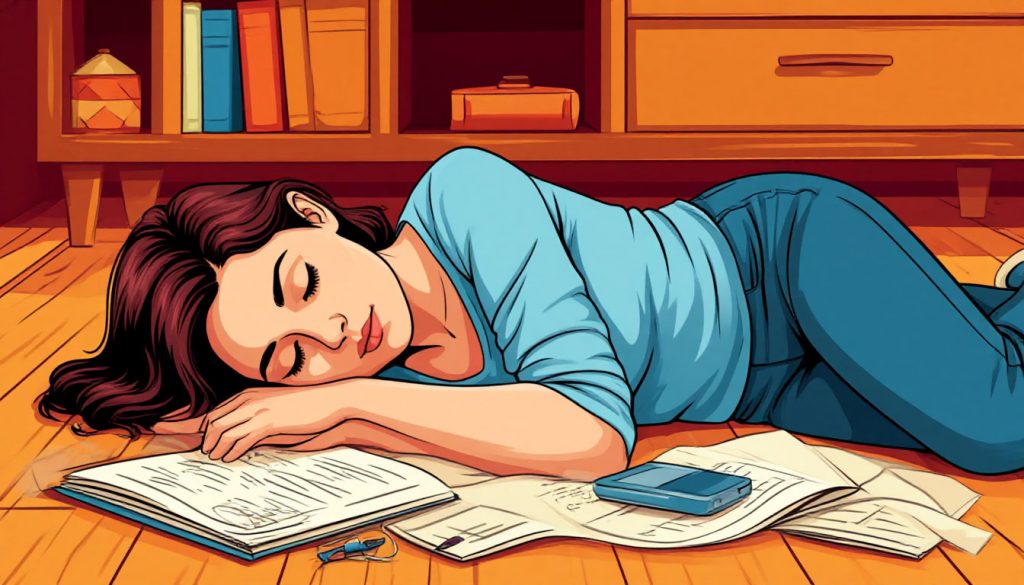The quality of your sleep is deeply influenced by your sleeping surface. While most people use mattresses and bed frames, some advocate for floor sleeping as a more natural and healthier alternative. So, is it better to sleep on a bed or on a flat floor with a mat? Let’s explore the benefits and drawbacks of both options.
Benefits of Sleeping on a Bed
Beds, especially when paired with high-quality mattresses, are designed to support spinal alignment and comfort. This can be particularly important for individuals with joint pain, back problems, or mobility limitations. A good mattress adapts to your body’s contours, which can reduce pressure points and help prevent numbness.
Beds also help regulate temperature better by allowing air circulation under the frame. They provide a barrier from cold floors, dust, and insects. For people with allergies or respiratory conditions, this elevation can be a health advantage.
Benefits of Sleeping on the Floor
Sleeping on a firm surface like the floor (with a thin mat or futon) can promote better posture by encouraging a neutral spine position. This method may reduce lower back pain for some people, especially those who sleep on their backs.
Floor sleeping is also popular in various cultures where it’s associated with simplicity, minimalism, and a deeper connection with traditional living habits. It can also be more hygienic if you maintain a clean, dry, and ventilated environment.
Drawbacks of Bed Sleeping
While beds are comfortable, overly soft or worn-out mattresses can cause the spine to sag, leading to chronic pain over time. In addition, bed frames and bulky mattresses can be expensive and take up more space, which isn’t ideal for minimalists or small rooms.
Dust mites can accumulate in mattresses and bed frames, especially if not cleaned regularly. Some people may also overheat in soft bedding, disrupting sleep.
Drawbacks of Floor Sleeping
Sleeping on the floor isn’t ideal for everyone. People with certain medical conditions, such as arthritis or sciatica, may experience worsened symptoms on a hard surface. Cold and damp floors can lead to discomfort or even illness in some climates. Older adults or individuals with limited mobility may struggle to get up easily from the floor.
Additionally, floors collect more dust and allergens. Without proper cleaning, floor sleeping may trigger allergic reactions or skin irritations.
Which Option Is Better?
There is no one-size-fits-all answer. The best sleeping surface depends on your body type, health condition, sleeping habits, and living environment. Here are a few general tips:
- Choose a mattress with medium firmness for spinal support.
- If you try floor sleeping, start with a padded mat or futon and monitor how your body responds.
- Avoid floor sleeping if your room has high humidity or poor insulation.
- Clean your sleeping area regularly, whether it’s a bed or the floor.
Ultimately, the best choice is the one that allows you to wake up feeling refreshed and pain-free.
Glossary
- Mattress – A rectangular pad used on a bed frame to sleep on.
- Joint pain – Discomfort that arises from damage or inflammation of joints.
- Futon – A traditional Japanese floor mattress that can be folded away.
- Minimalism – A lifestyle that promotes simplicity and reducing possessions.
- Chronic pain – Long-term physical pain that persists over weeks or months.
- Allergic reactions – Immune responses to substances like dust or pollen.


